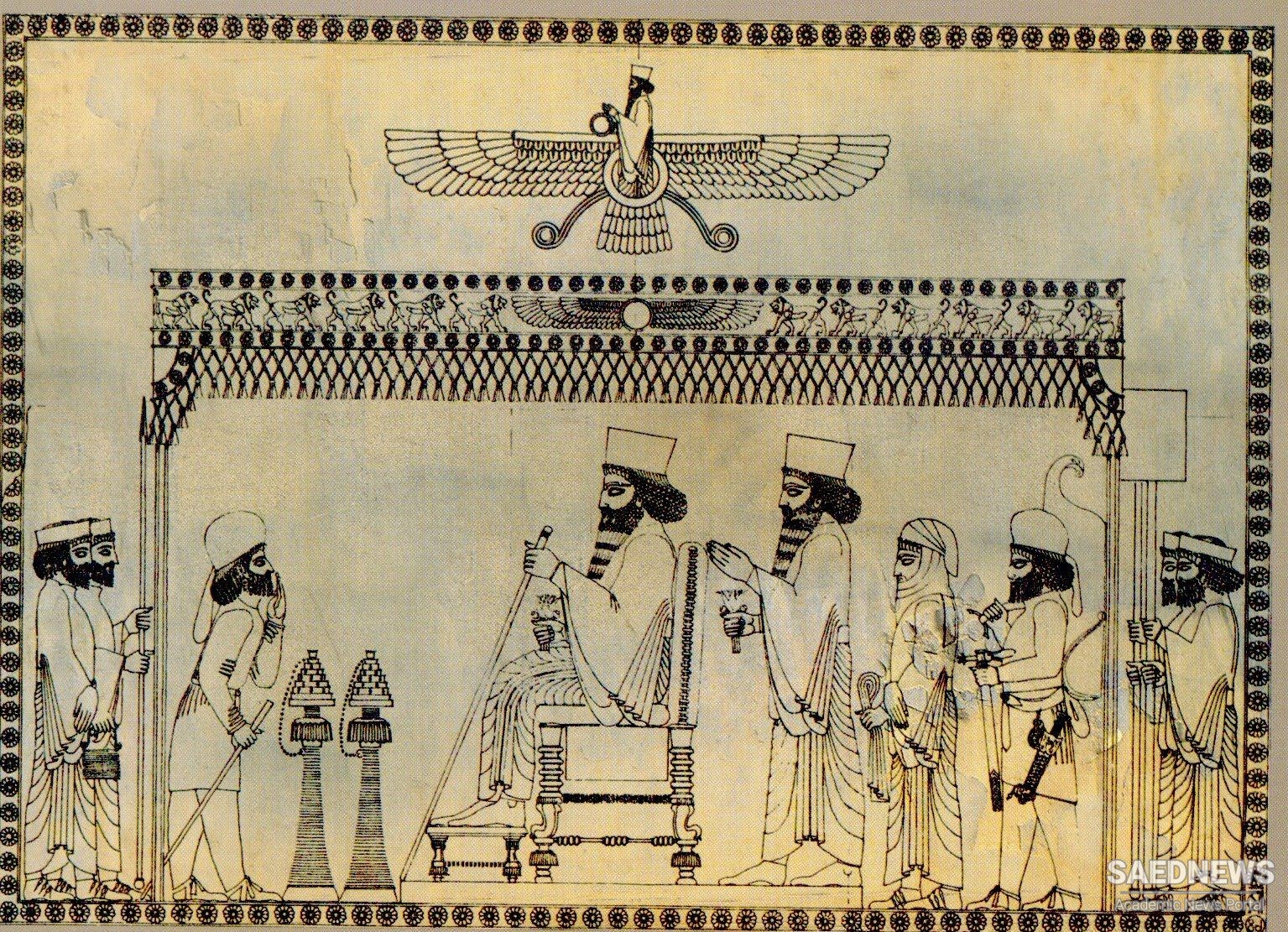The concrete Islamification of Iran which occurred after the suppression of the Zoroastrian revolts of the 8th and 9th centuries undermined the cultural activities of Zoroastrians and even of those Iranians who had converted to Islam, but still clung to their Iranian heritage. Hardly any Zoroastrian family was able to avoid conversion to Islam when employed by the Abbasids. It is already surprising that Nawbakht, al-Mansur’s famous astronomer (or astrologist), was allowed to serve the Caliph as a Zoroastrian. His son, however, had to accept Islam in order not to be dismissed. As we mentioned earlier, any exhibition of Iranian identity in those moments of crisis was perceived by the ruling Arabs as a sign of protest against their domination. Therefore the Tahirids did not support any form of Iranian tradition. They clung to Arabic as the language of their administration, and the literary and historical productions extant from that period are all in Arabic. The Tahirids demonstrated themselves to be the defenders of Islam and Arab civilization and acted as patrons to Arab-speaking authors and musicians, such as Ali b. Jahm, Ishaq alMawsili, and Ibn al-Rumi.170 Moreover according to Dawlatshah, Abdallah b. Tahir ordered that a copy of the Persian romance Vamiq-u Adhra be destroyed and then commanded that all the Persian and Zoroastrian books found in his territories be burnt.171 This anecdote sounds plausible, and Abdallah b. Tahir was probably not the only Muslim ruler to demonstrate his disapproval of ‘Zoroastrian’ cultural materials during that period. As a result many of the literary works written in Pahlavi disappeared (Source: the Fire, the Star and the Cross).


 Khuramdins and Rise of a New Resistance Front in Newly Converted Persia
Khuramdins and Rise of a New Resistance Front in Newly Converted Persia














































